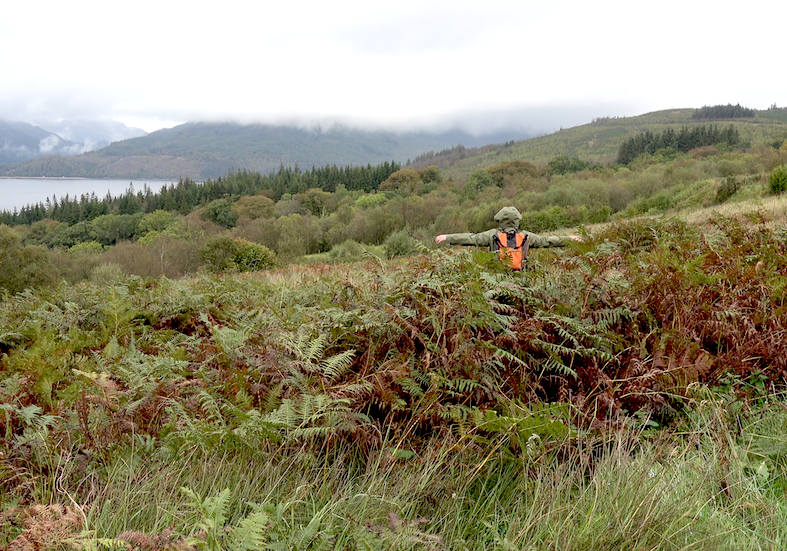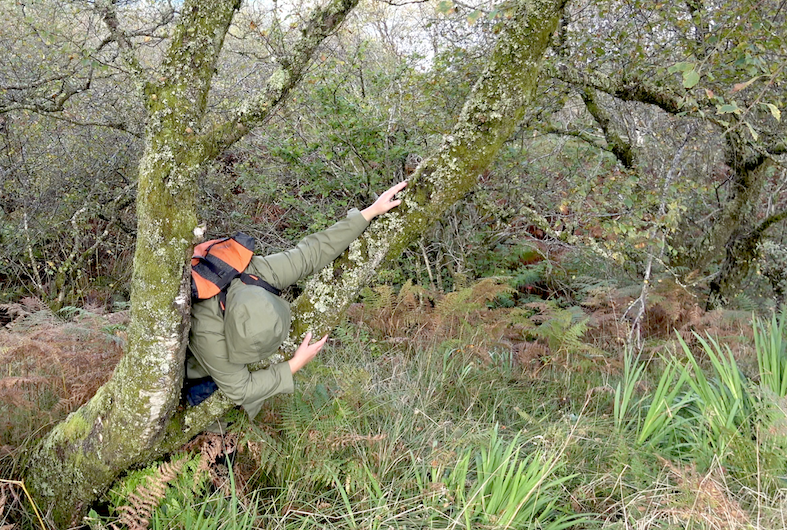During a week residency at Cove Park in Scotland, written research and material experiments were conducted around the topics of ‘Designing Resonance’, centered around the notion of intangible resonance that explores the nature of temporary, recurring intentional assembly.
Through fieldwork, Shinjin Roku and modelling, Judith explored soul-centric design methodologies and insights that inform a resonant design ecology. By using the relationship as central point, this research is building further on the eco-soulcentric philosophy of Bill Plotkin who speaks about renewal in our understanding the cycles of human soul development. (Plotkin, B. 2007) Plotkin introduces a form of eco-psychology for human wholeness, that when examined further, could activate an ecology of correlation between design practitioners and their natural, social, spiritual and designed environment.
Resonance could be seen as the natural outcome of relational (design) activism. This research develops a new understanding into the nature and conditions of establishing relationships that mobilize movement and renewal through design. Shinjin Roku can be seen as a alterantive and contemporary practice, to relate the human back to nature, bathing it’s context and connecting all sensory and exploring as a way of unthinking expectation and allowing incorporeal connection.


In the Eastern philosophy Zen, the search of incorporeal essence or soul-centric is conducted by seeking emptiness, a phrase used to address a simplicity in the nature of the recipient and their surroundings. This can be developed through simplistic activities such as raking or walking to create space for meditation or nourishment. The idea of simplicity in Western contemporary design takes a rationalistic form, but in traditional Japanese design, simplicity has a different meaning: Simplicity or emptiness is seen as a form of freedom or relativity to seek new form.
Using the relationship as form of design activism builds on a participatory process between beings and/or places, that when re-interpreted can be developed into a new fundamental thinking about the role of resonance within design methodology and processes.
In what way can this understanding influence new values for the practice of design, enabling forms of social and spiritual practice to support new forms of living, of soul, of finding, drifting, dreaming?

